K M Asad is an independent documentary photographer from Dhaka, Bangladesh. He studies photography in Pathshala (The South Asian Media Academy) in Dhaka. His work “Rohingya Exodus” got international recognition. In his words about the good photograph, “I believe the picture which connects with anyone without text and the fresh view is a great photograph.”
Thanks, Asad for accepting our invite. Please read on…
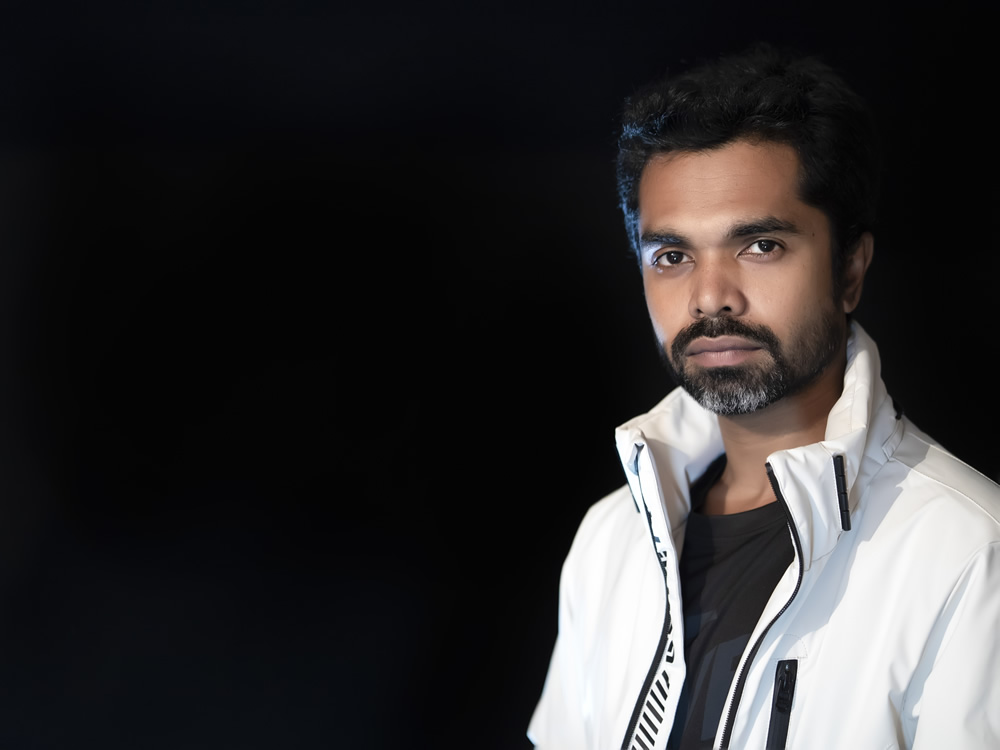
Hi Asad, thank you for joining us here today! First of all, Could you please introduce yourself?
Hi, thanks for your invitation. I am an independent documentary professional Bangladeshi photographer born 1983 in Dhaka. Now I am a present photojournalist at Zuma press news agency and contributor photographer at Getty Images.
I am not a born photographer. After I finished my college education, I felt now I need to think very well how I continue. Because in Bangladesh, the future is not very good for every student. Bangladesh is an overpopulated country and does not have enough jobs for every student. Another question occupied me a lot at that time. As a person, I wanted to do something for my fellow human beings. Because I saw that many people in my country needed help. But at that time, I was not sure how to get involved personally.
So finally, I took my first photography education “Basic course in photography” from the Bangladesh photographic society in Dhaka. After I completed my basic course in photography “2004” somehow, I got a place at the photography school named Pathshala in Dhaka “2005”. So, I started to study photography but found photography very expensive. At some point, I was not sure if I can continue this because my family was not so solvent. But I was dependent on the financial support of my family at the beginning of my photography education. Also, I was doing every kind of photography (landscape pictures for calendars, wedding, and family photography) to collect my education expenses. I also tried always to put my images to different photo contests. I got my first award in “2008” in my country. And this money I used to buy a good camera. Finally, I finished my photography graduation from Pathshala (The South Asian Media Academy) in 2008, along with my academic graduation. That degree in photography made my dream goal much clearer.
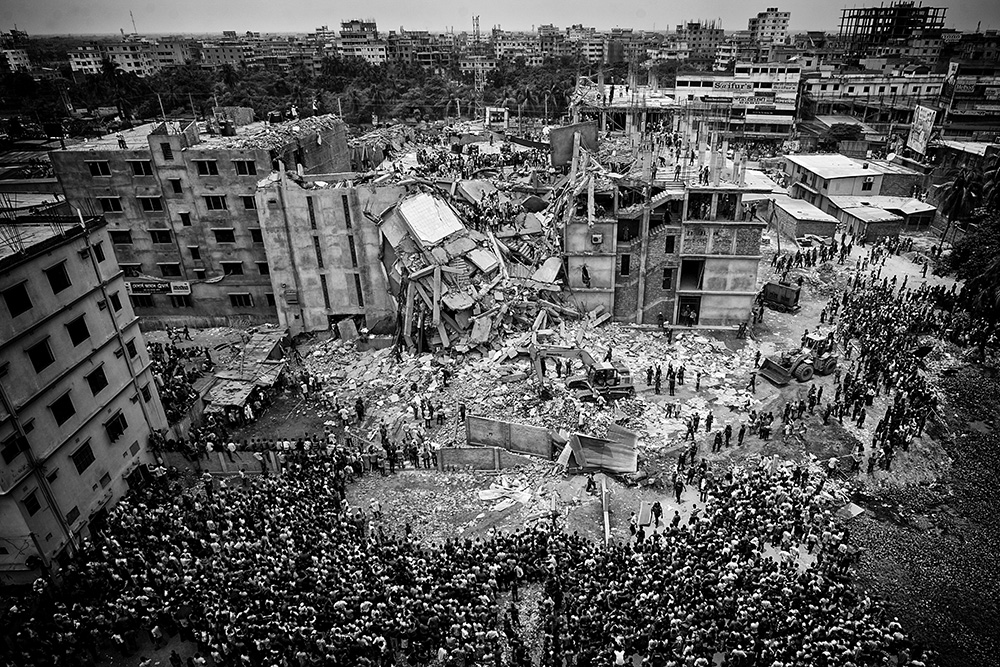
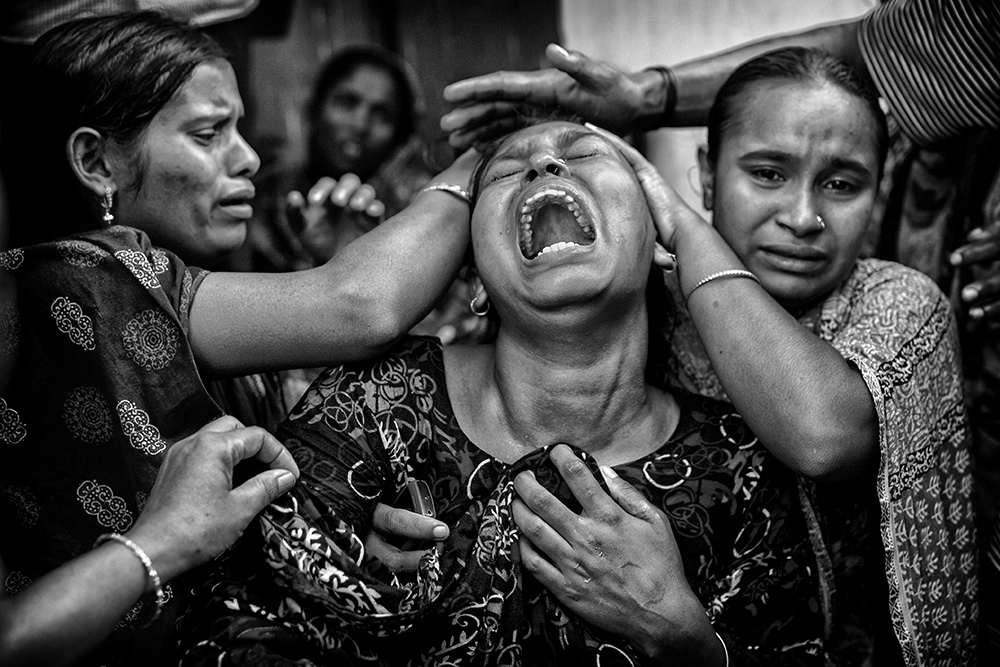
Please share some of your childhood memories towards the art?
My photography love started when I was 16 years old in 1997. One day my father came home and gave me a film camera MF2. This was the first time I touch a camera. After getting this same day. First, my father took a picture of me with my mom. After this picture, I was asked by my mom and dad to take a picture. When I looked through the viewfinder for the first time with this camera, I found some visible area that I have chosen. That time I thought I took this picture with this selected area. A few days later, when I wash the negatives, I found on my father’s picture which he took with me and my mom, our heads were just cut, only our figures were shown. But when I saw my frame, it was so good, and everything looked perfect. After this result, I fell in love with taking a picture. Because at that time I didn’t know anything about photography.
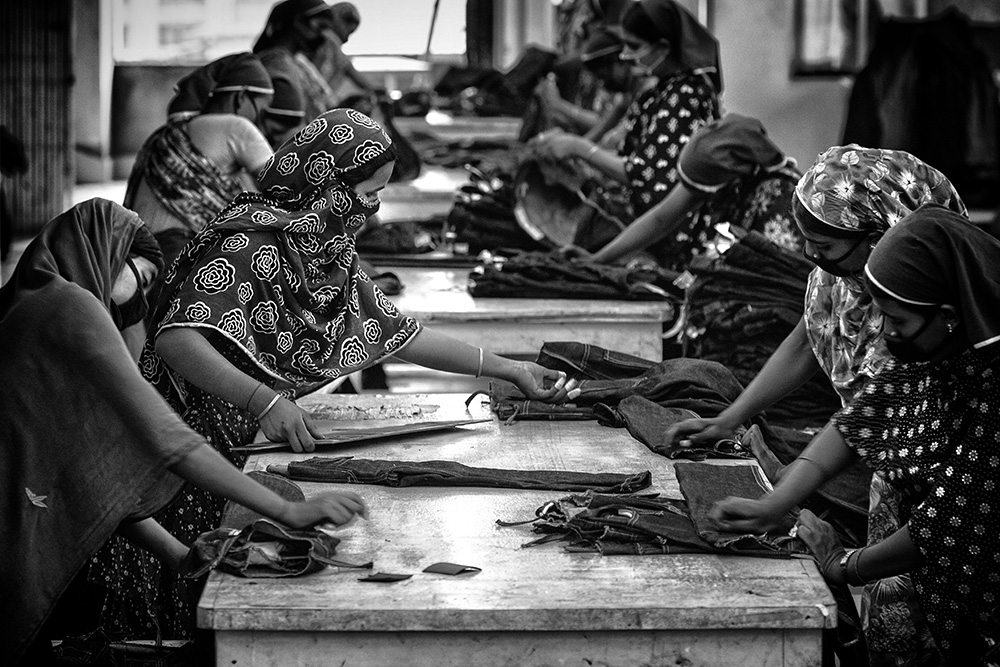
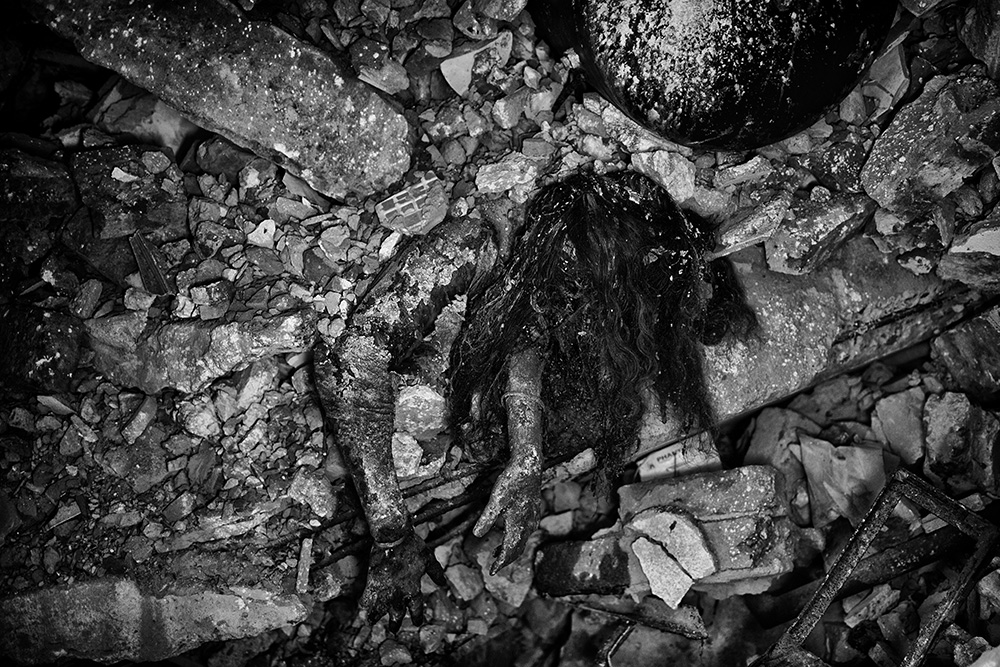
When did you start shooting and how did this love for photography happen?
My first professional photography shooting started in 2007, Bangladesh was hit by a major catastrophe, by the cyclone SIDR. When I heard about this news, I went directly to the affected places to report about the tragic situation and the difficult conditions of the local people. This was my first significant professional photographic documentation during my studies. These pictures were published in local newspapers in Bangladesh, and hundreds of people received humanitarian aid. After these pictures were published, I realized that some people have been helped or even saved their lives because of my work. That time I realized that photojournalism was my duty, and I wanted to do just that kind of photography.
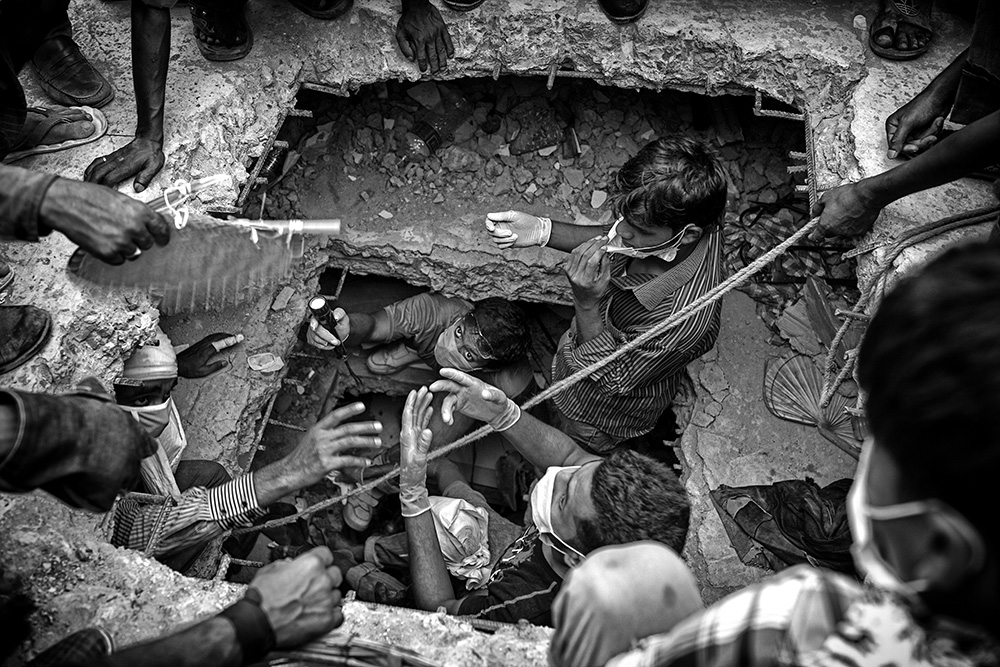
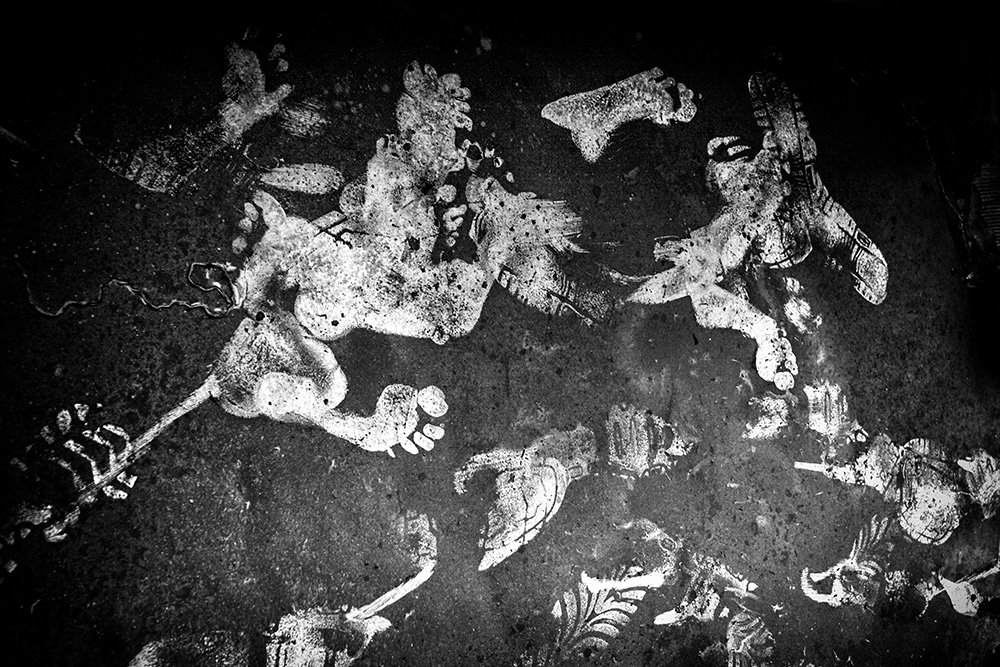
How do you manage your relationship with your subjects? How has documenting so many people affected by displacement influence you?
Documentary photography: becoming invisible as a photographer. As far as possible, I try to put myself in the middle of the situation to capture the most authentic and real moments possible. I want to be as close as possible to the people I photograph and try to gain their trust. That’s why I only start photographing when I explore and observe the new location. I first try to get a feeling for the place and for the people. I also try to familiarize people with the topic. They should feel comfortable with taking pictures of them. Documentary photography is very slow and careful work.
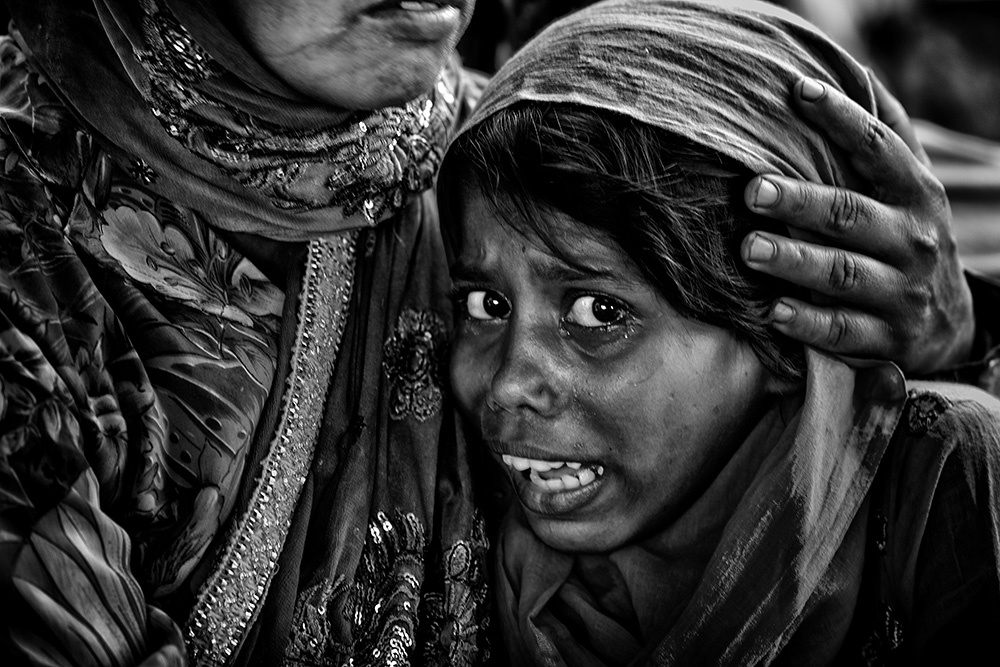
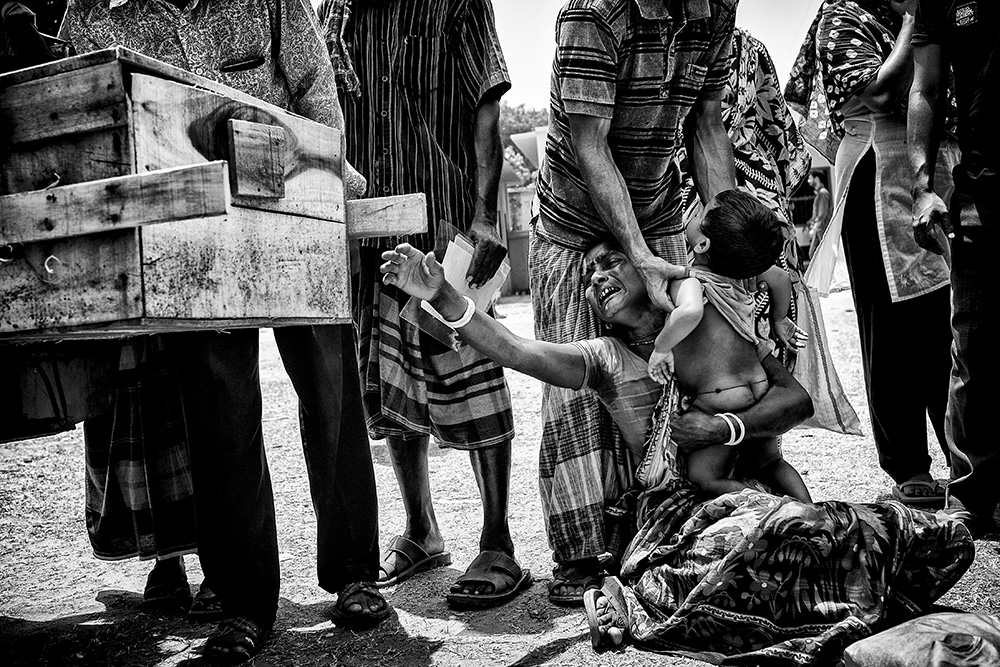
Few words about your documentation on “Rohingya Exodus”?
I have been working for several years on the tragic subject of Rohingya refugees from Myanmar. I live in Bangladesh, and I have the responsibility to report on this humanitarian disaster. According to UNHCR, over a million Rohingya refugees have fled to Bangladesh because of the brutal situation in Myanmar since the early 1990s. But half a million Rohingya had fled since August 25, 2017, when violence broke out in Myanmar’s Rakhine State, and the latest exodus began. I have seen how so many of the Rohingya arrived in Bangladesh has brought nothing with them. But also have seen their will to continue after they survived and arrived in the refugee settlement.
It is a big challenge for me to work on this issue because on one side it is challenging to get the permission to access the camp and on the other side as a human being, it is tough to see these homeless people who are fighting every second with death.
It was in 2016 when a journalist friend called me early in the morning and asked me please to come to the camp. I went immediately. When I arrived at the camp, I first saw the young mother Nur Begum (22). She was in shock and cried desperately. At that moment, I saw and felt how a mother is crying shortly after losing her child. Only then I saw the little lifeless body of Jamal Hossain. But above all, it was the mother’s cries of pain that made me freeze. This moment I cannot forget because, at that time, I saw how reacts a mother. This situation reminded me also how many mothers are daily exposed to such pain. In Nur, I saw the probably strongest pain that only a mother can feel about the death of her own child. For a moment, I even thought of my own mother, how a death message about her child would shake her and break her up.
This profoundly human moment touched me so much that I put my camera down and could not take any pictures at first. I failed as a photographer in front of this mother.
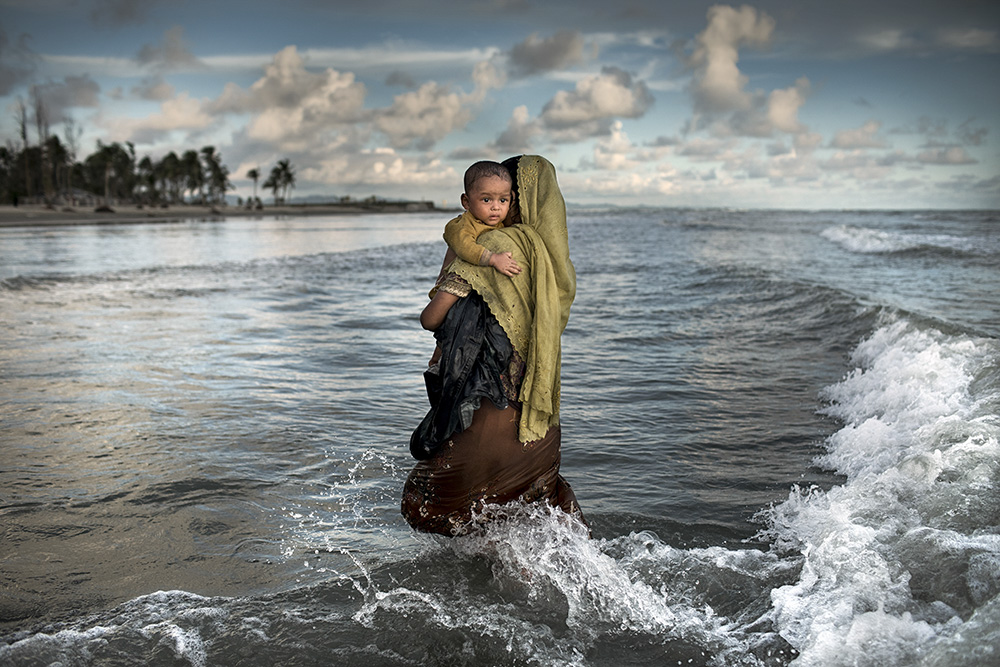
You are from Dhaka, Bangladesh, a few words about your city and culture?
Yes, I am born and grew up in Dhaka. Also, I agree this city is full of problem, but I love this city so much. For me, the capital Dhaka, and even the whole country, Bangladesh, is a heaven for photography practice. Mostly the people are so good. As I grow in old Dhaka, this place is full of people. Every time I can get in contact and communicate with various kind of people. This helps me to understand the human characters when I am shooting in the field.

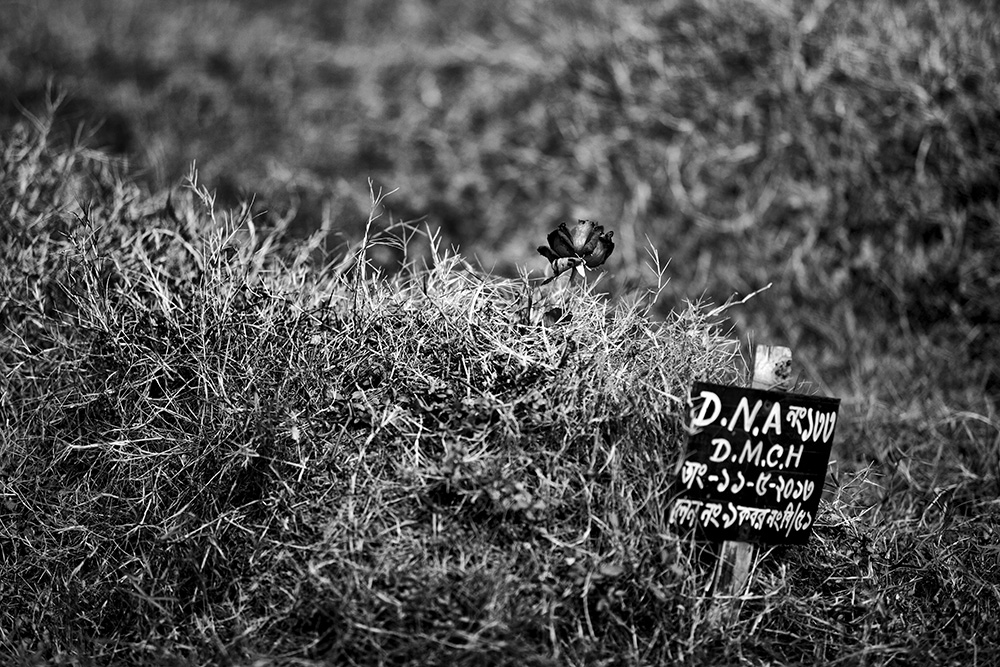
What are your thoughts on working on single images versus projects?
Yes, single images are essential for me. Because I believe that a great story is a result of joining the best single image. Each image of a story has to be a strong image in itself. So, if I want to do great work, I need the best frame. Also, if every single image tells a story to make a good documentary work.
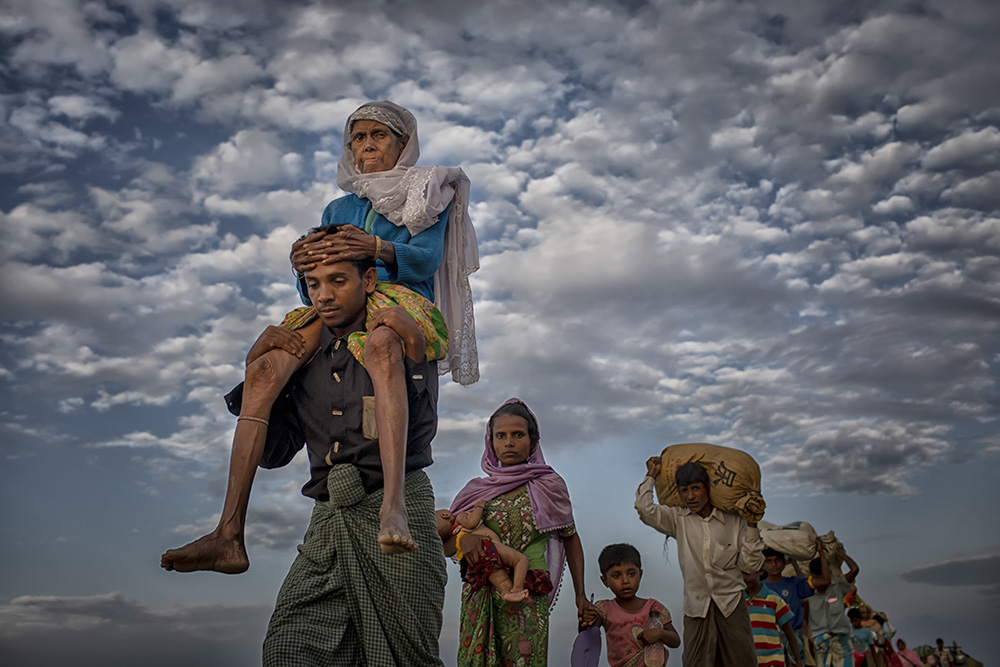
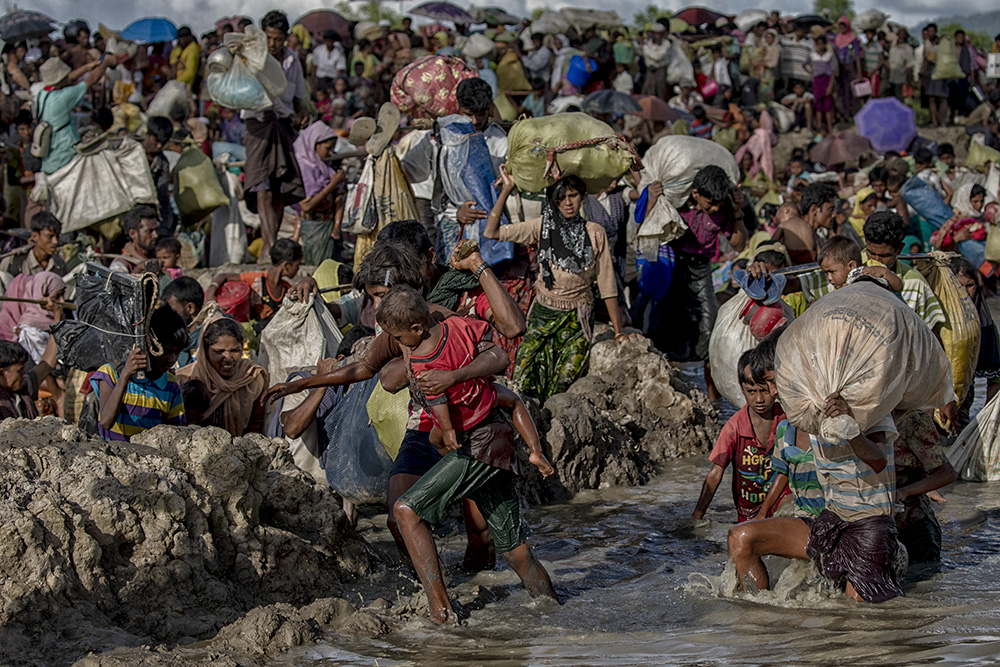
What is that you have adhered and learned through photography over the years?
From my 14 years photography carrier I found with photography, it’s possible to make a significant change and day after day the picture goes to be a piece of evidence.
What is a good photograph for you?
I believe the picture which connects with anyone without text and the fresh view is a great photograph.
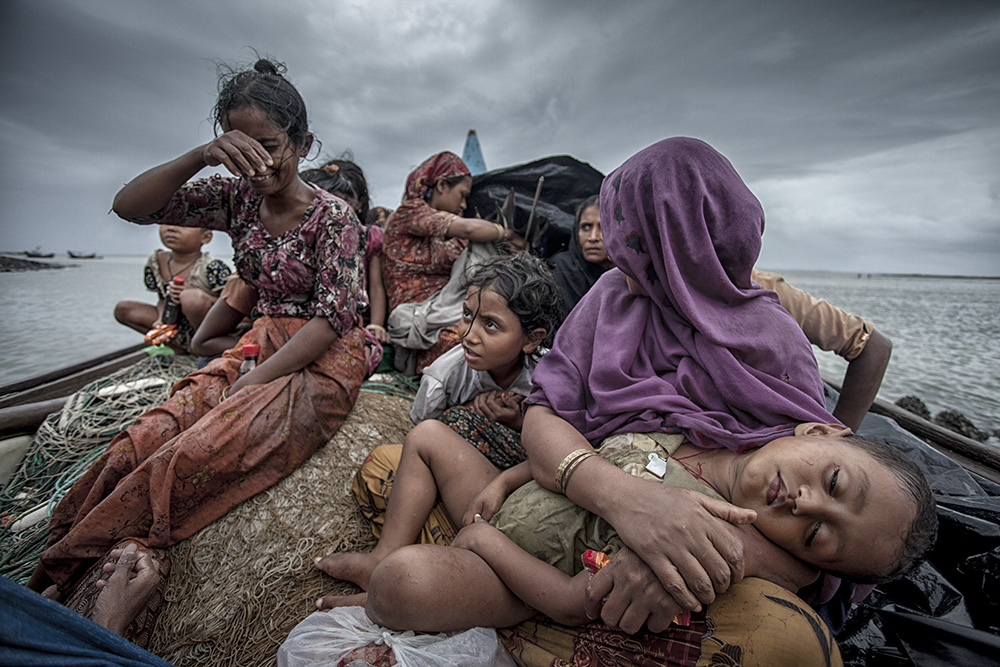
Could you please share one or two photographs from your portfolio and the story behind it?
It was in 2016 when a journalist friend called me early in the morning and asked me please to come to the camp. I went immediately. When I arrived at the camp, I first saw the young mother Nur Begum (22). She was in shock and cried desperately. At that moment, I saw and felt how a mother is crying shortly after losing her child. Only then I saw the little lifeless body of Jamal Hossain. But above all, it was the mother’s cries of pain that made me freeze. This moment I cannot forget because, at that time, I saw how reacts a mother. This situation reminded me also how many mothers are daily exposed to such pain. In Nur, I saw the probably strongest pain that only a mother can feel about the death of her own child. For a moment, I even thought of my own mother, how a death message about her child would shake her and break her up.
This profoundly human moment touched me so much that I put my camera down and could not take any pictures at first. I failed as a photographer in front of this mother.
Only a bit later, when Nur Begum was able to do so, she described to me her tragic story. She described how the Myanmar army attacked their village, killed her husband and her two other children. This traumatic experience forced her to flee Rakhine State to Bangladesh with Jamal. Crying, she described that she did not even know how she came to Bangladesh. And she did not even want to remember everything that had happened to her and her family. The only last thing that gave her hope was to save her little baby from death. And when she finally crossed the Naaf river during that night and reached the safe place after 20 days of fear. Finally, she felt safe with her baby. But that morning Jamal Hossain’s journey was already ending. At that time, I didn’t get any words to say.
Throughout all these years, I have seen and learned again and again that it is above all the mothers who do everything to protect their children and save their lives.
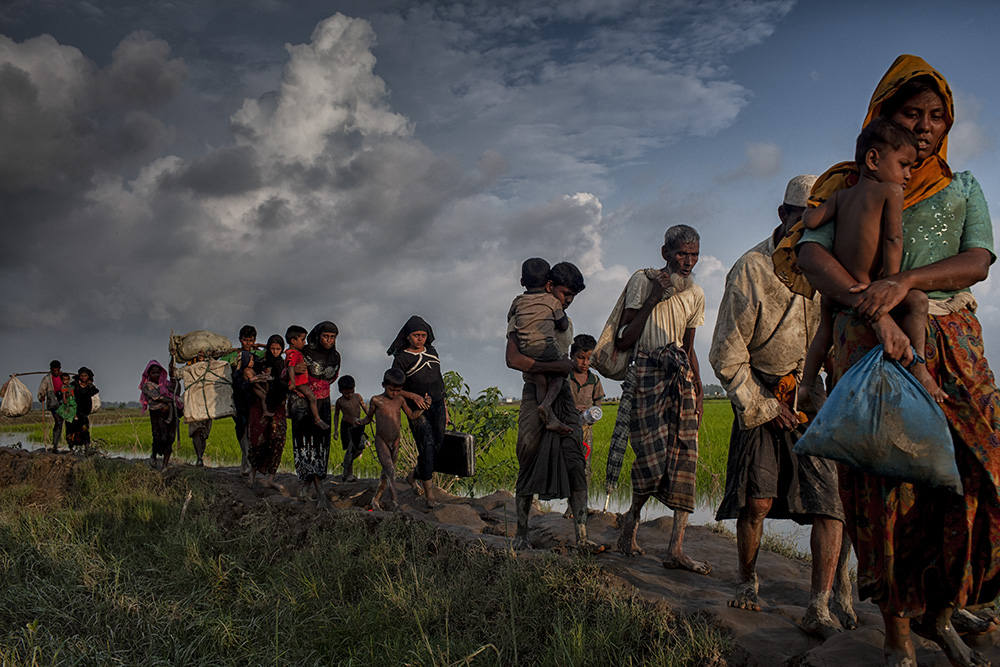
What do you do to keep motivated, and not lose your passion for photography?
As a professional journalist, I always felt my responsibility to go and to cover news and trying to show through my lens what I saw. From my side, I always try to help the needy and the affected people. And I still hope that my work can change the situation for better if it receives as much as possible the attention that it deserves.
Although I saw a lot of pain, suffering, and destruction in the years of my journalistic work, and there were also critical moments for me, so far I have never considered stopping my work and stopping covering conflicts. I just think if my picture helps anyone, this is my most significant achievement and that’s why I try to do hard work.
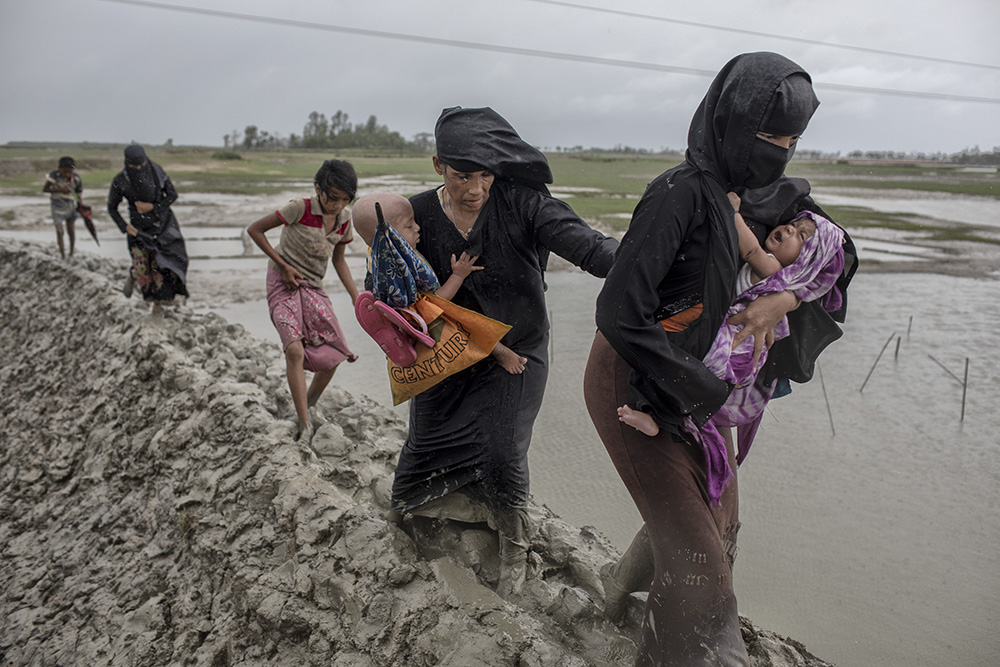
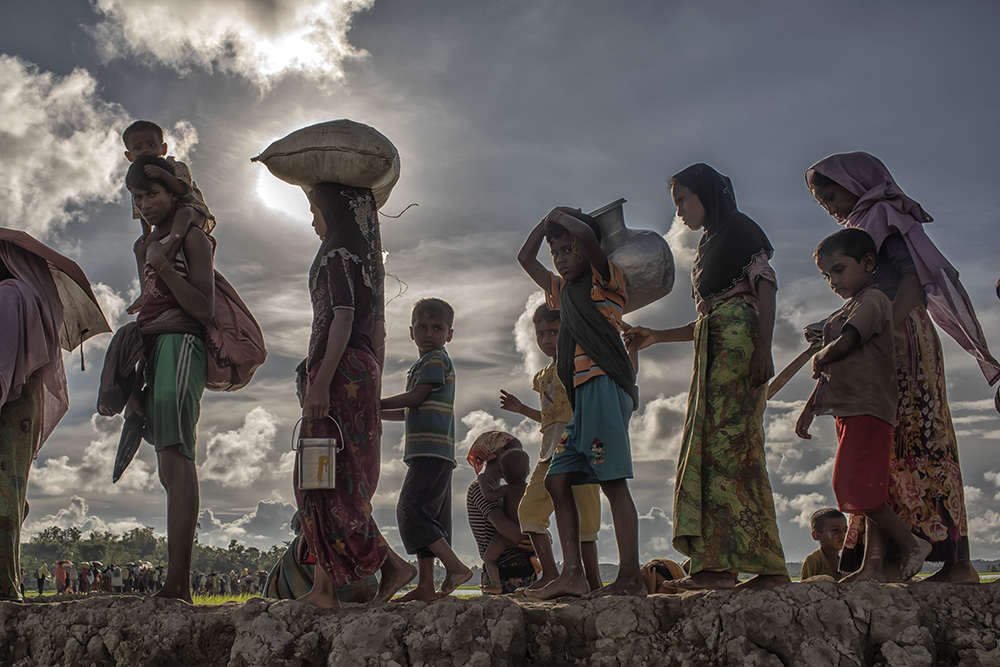
Which photographers have inspired you?
So many but mostly:
- James Nachtwey
- Sebastião Salgado
- Steve McCurry
- Bangladeshi photographer Abir Abdullah
What camera and lenses do you use the majority of the time?
Mostly I used Canon setup. Now I use:
Any favorite photography books?
What do you consider your greatest achievement?
Until now, I think my greatest achievement is working with the most excellent photographer and journalist “James Nachtwey.” Just a few months ago he came to work at the “Rohingya Camp” in Cox’s Bazar, in Bangladesh and he asked me to meet him there. We met at Cox´s Bazar, and further he offered me to join him and to work with him while he was doing his fieldwork when he was shooting in this area. Also, he taught me so many incredible things about photography. It was like a dream come true for me working and learning at the same time.
What is your favorite motto?
Do your work by yourself and help who needs help.
Apart from photography, tell me about your hobbies and interests?
I love to explore new places and people, watching adventure and documentary movie and listening songs (Ghazal by Jagjit Singh).
Thanks again for providing 121 Clicks with this opportunity to interview you. Any final thoughts for our readers?
Just one thing for new photographers: Don’t try to copy every time because your own work is your identity.
You can find K M Asad on the Web:
Copyrights:
All the pictures in this post are copyrighted K M Asad. Their reproduction, even in part, is forbidden without the explicit approval of the rightful owners.


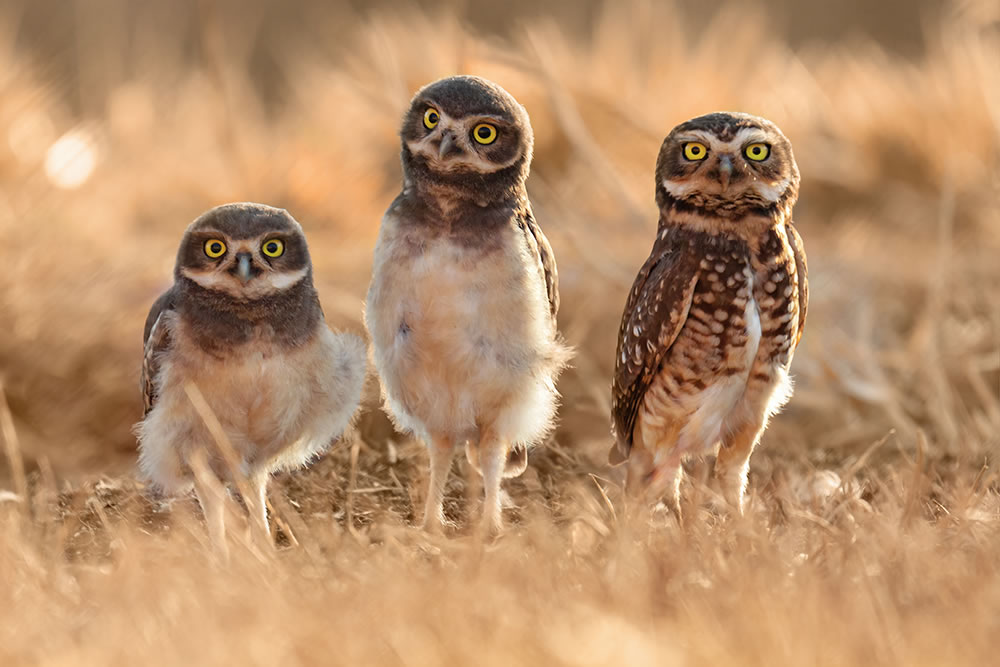
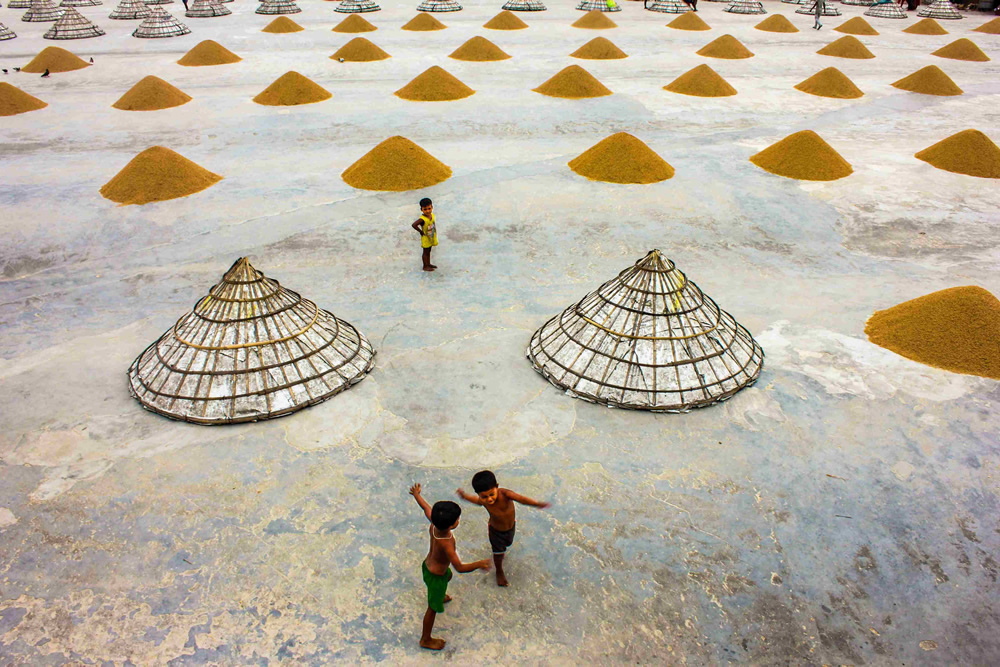
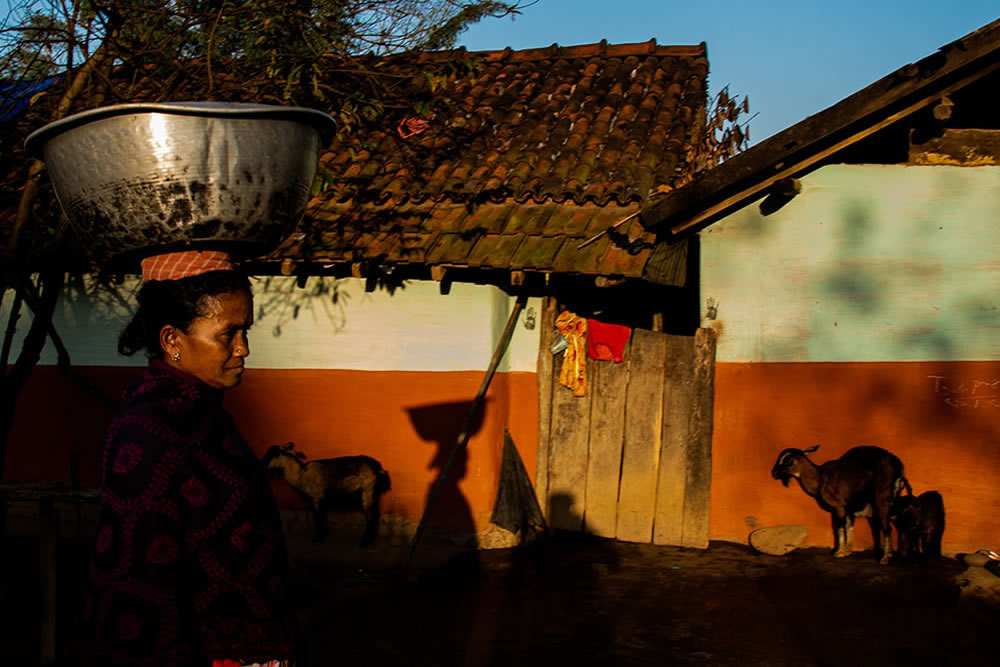
1 comment
M so impressed with this guy, his story, and the most is about the picture.
The best thing is about the lesson I learned from the article and the picture that showing the situation, the people, the suffering, the toughness, saddens, human behavior, the power and so much thing that teach me a lot, at this age.